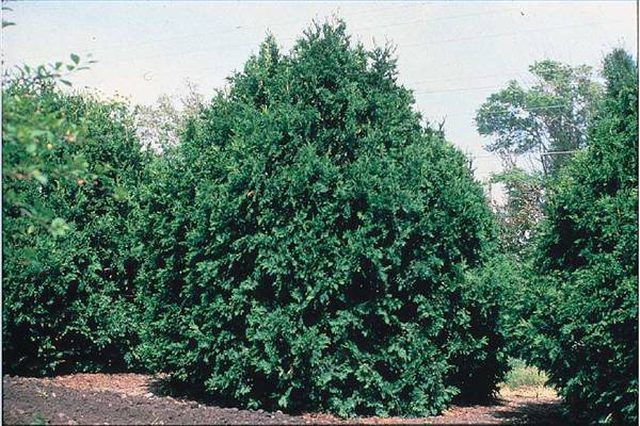Bulbs
Flower Basics
Flower Beds & Specialty Gardens
Flower Garden
Garden Furniture
Garden Gnomes
Garden Seeds
Garden Sheds
Garden Statues
Garden Tools & Supplies
Gardening Basics
Green & Organic
Groundcovers & Vines
Growing Annuals
Growing Basil
Growing Beans
Growing Berries
Growing Blueberries
Growing Cactus
Growing Corn
Growing Cotton
Growing Edibles
Growing Flowers
Growing Garlic
Growing Grapes
Growing Grass
Growing Herbs
Growing Jasmine
Growing Mint
Growing Mushrooms
Orchids
Growing Peanuts
Growing Perennials
Growing Plants
Growing Rosemary
Growing Roses
Growing Strawberries
Growing Sunflowers
Growing Thyme
Growing Tomatoes
Growing Tulips
Growing Vegetables
Herb Basics
Herb Garden
Indoor Growing
Landscaping Basics
Landscaping Patios
Landscaping Plants
Landscaping Shrubs
Landscaping Trees
Landscaping Walks & Pathways
Lawn Basics
Lawn Maintenance
Lawn Mowers
Lawn Ornaments
Lawn Planting
Lawn Tools
Outdoor Growing
Overall Landscape Planning
Pests, Weeds & Problems
Plant Basics
Rock Garden
Rose Garden
Shrubs
Soil
Specialty Gardens
Trees
Vegetable Garden
Yard Maintenance
How to Prune an Emerald Green Arborvitae
How to Prune an Emerald Green Arborvitae. Emerald green arborvitae, known botanically as Thuja, is an evergreen perennial native to Eastern North America. Arborvitae is used singly or in pairs as specimen trees and also commonly used in mass linear plantings to serve as hedging, windbreaks, living fences and screening. It responds well to pruning...

Emerald green arborvitae, known botanically as Thuja, is an evergreen perennial native to Eastern North America. Arborvitae is used singly or in pairs as specimen trees and also commonly used in mass linear plantings to serve as hedging, windbreaks, living fences and screening. It responds well to pruning and shaping, bouncing back with new growth. Arborvitae does not require pruning to encourage growth but only for control of size, shape and appearance.
Things You'll Need
Sharp clean loppers and shears
Hand saw
Ladder if needed
Garden gloves
Don your gloves and inspect your Arborvitae for any signs of diseased or damaged branches. Cut or saw away any that you find and pull those branches loose from the body of the tree. Discard diseased branches in the trash in lieu of the compost pile to prevent the spread of disease.
Use your loppers or saw to thin the interior of your Arborvitae, removing any branches that do not face outward or that cross each other or rub against one another, which can create wounds that leave the tree vulnerable to disease. Thinning out the interior of the arborvitae allows improved light penetration and air flow.
Shear across the top of the arborvitae to bring it down to its desired height, Finish the top shape to be flat or rounded, as desired.
Shape the perimeter of your arborvitae, working in sections and moving around the tree to maintain balanced pruning cuts and a professional looking finished product.